In this tutorial, we will be showing you how to install the Plex Media Player on the Ubuntu operating system.
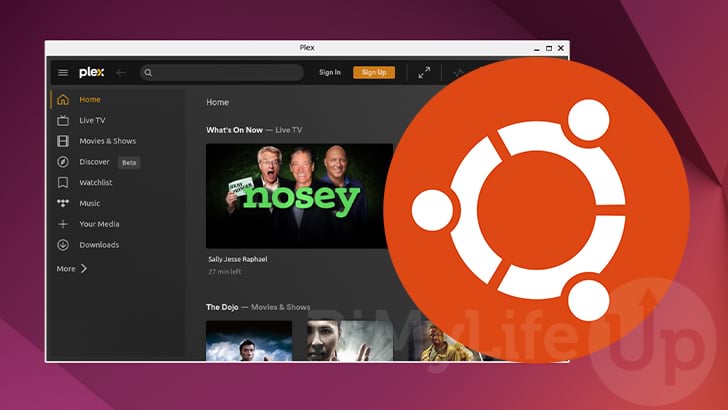
The Plex Media Player is the client you can use on Ubuntu to stream all your media from your Plex server without needing to open your web browser.
This client has benefits over your web browser, such as better support for various media codecs giving you a better streaming experience.
The Plex client for Ubuntu helps achieve this by providing its own powerful media playback engine and better integration with your device.
To install this media player, we will be making use of the Plex Desktop snap package.
Using a snap is somewhat similar to installing and using a Flatpak on Ubuntu. These are special packages that contain all of the software you need within one easy to download container.
Installing the Plex Media Player on Ubuntu
This section will walk you through the straightforward steps to installing the Plex desktop app to your Ubuntu system.
Since snap comes pre-installed on the desktop flavor of Ubuntu, we only need to worry about installing the Plex Media Player.
For these steps, we will be using the terminal as it is the fastest and easiest way to install a package using snap. To open the terminal on Ubuntu quickly, you can press CTRL + ALT + T on your keyboard.
1. Let us begin by ensuring that our Ubuntu system is updated. Updating will ensure we have the latest version of snap installed on the system.
To update your system, run the following two commands within the terminal.
sudo apt update
sudo apt upgradeCopy2. Once the update completes, all we need to do to install the Plex Media Player on Ubuntu is to run the following command within the terminal.
After running this command, Snap will automatically begin downloading and installing the Plex Desktop package.
sudo snap install plex-desktopCopy3. Once you see the following message within the terminal, you will know that the Plex client has been installed on your Ubuntu system.
You can launch the media player and stream your media from your Plex server to your device.
plex-desktop 1.56.2 from Plex, Inc. (plexinc✓) installed4. To quickly open
Opening the Plex Media Player from the Desktop
Now that we have the Plex client installed on our Ubuntu device, you will want to know how to open it. This section will show you where you can find the Plex client using the desktop interface.
1. On the desktop screen, open up the activities screen by clicking the top or bottom left of the screen.
The activities screen will allow us to find and open Plex easily.
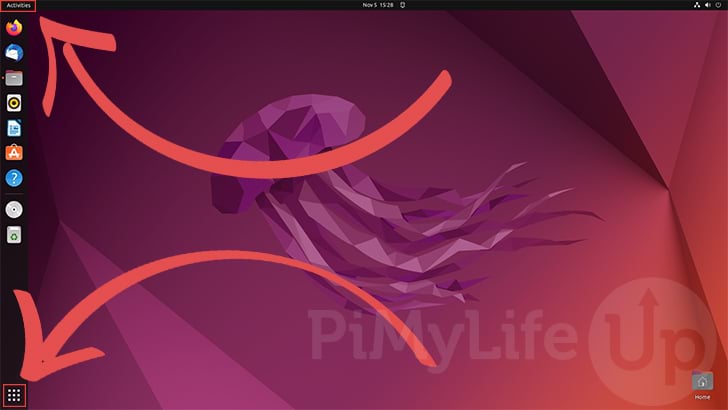
2. With the activities screen open, use the search box (1.) in the middle of the screen to search for “Plex“.
You should see the Plex icon appear (2.). Click the icon to open up the media player.
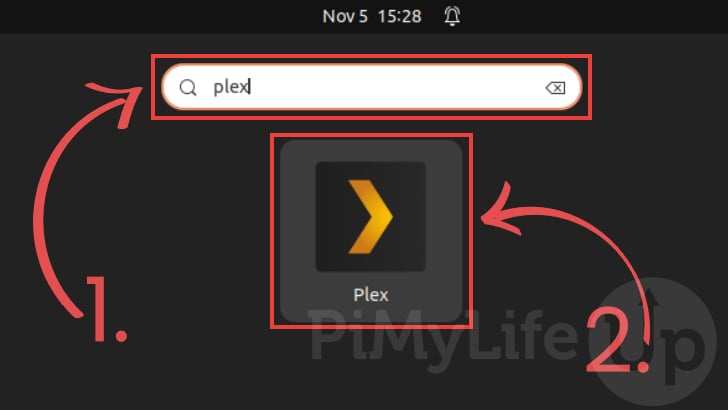
3. You now have the Plex Media Player open on your Ubuntu device. You can now use it to connect to your Plex server and begin streaming all of your media to your device.

Updating the Plex Media Player on Ubuntu
Since we installed the Plex Media Player on our Ubuntu system from a snap, the update process is slightly different from what you are used to.
The system will automatically update any program installed as a Snap. So Ubuntu, for example, will check for updates four times a day.
However, if you prefer to force an update, you can use the “snap refresh” command.
You will want to utilize the following command to update the Plex Desktop client on your Ubuntu device.
sudo snap refresh plex-desktopCopyConclusion
Hopefully, at this point, you will now have the plex media player installed on your Ubuntu system.
This media player is the best way to stream your media from your Plex server. It offers much better playback than what is typically provided by your web browsers.
Please comment below if you have had issues with getting the Plex client installed on your Ubuntu device.
If you liked this tutorial, check out our many other Ubuntu guides. We also have guides that cover Linux systems in general.



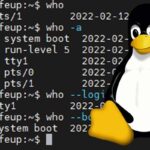
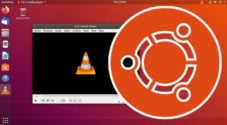

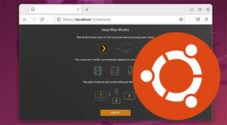


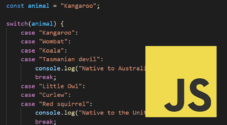
Need faster help? Premium members get priority responses to their comments.
Upgrade for Priority Support